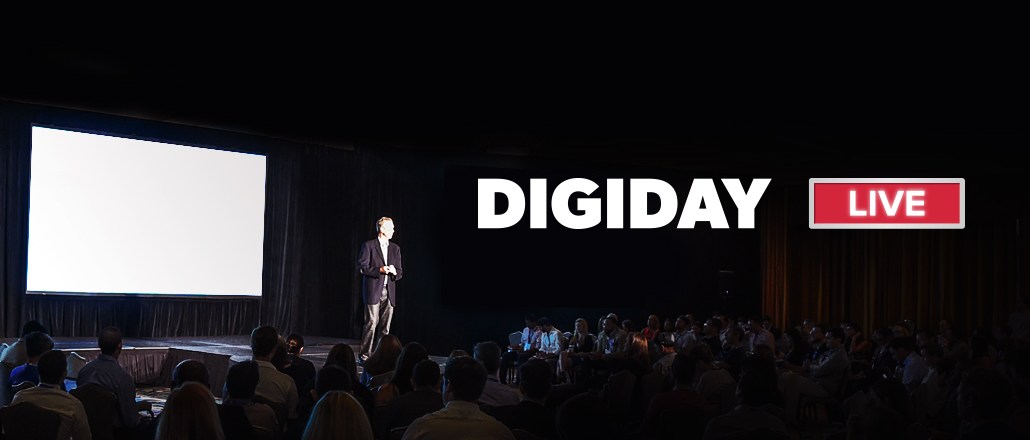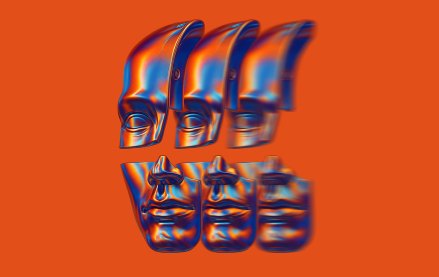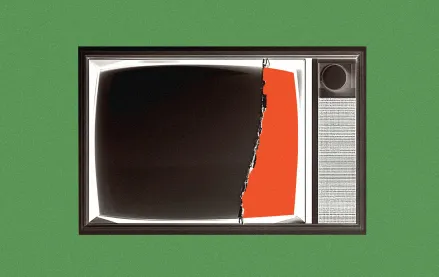Save 50% on a 3-month Digiday+ membership. Ends Dec 12.

Subscribe on iTunes or Stitcher.
In 2013, Coca-Cola took a risk: It replaced its corporate website with “Journey,” a site dedicated solely to storytelling and reporting in Coca-Cola’s positive, bubbly brand voice, staffed by a team of brand journalists.
At the Digiday Content Marketing Summit in August, Coca-Cola’s global group director for digital communications and social media, Doug Busk, shared what the 130-year-old brand has learned through this pivot to publishing. “We’re never getting into an impressions game,” he said. “We focus on how engaging the content is.”
Since “Journey” is an owned media outlet with no revenue share, its writers can focus on telling the most interesting stories possible that will garner the most engagement, Busk said. To measure how the content was performing, Coca-Cola created an internal metric called Expression of Interest (shortened to EOI) that is skewed toward measuring shares and comments over other indications of interest.
Listen to Busk in the clip above. And look out for Friday’s Digiday Live episode from the content marketing summit featuring Jason Wiley, vp of content and integrated marketing for the Philadelphia 76ers, on how the sports franchise uses different touch points to engage with its audience.
To hear more about media is changing straight from the people making it happen, subscribe to Digiday Live on iTunes or Stitcher.
More in Marketing

Agencies push curation upstream, reclaiming control of the programmatic bidstream
Curation spent much of this year in a fog, loosely defined and inconsistently applied. Agencies say they plan to tighten the screws in 2026.

‘A trader won’t need to leave our platform’: PMG builds its own CTV buying platform
The platform, called Alli Buyer Cloud, sits inside PMG’s broader operating system Alli. It’s currently in alpha testing with three clients.

Why 2026 could be Snap’s biggest year yet – according to one exec
Snap’s senior director of product marketing, Abby Laursen talked to Digiday about its campaign automation plans for 2026.





